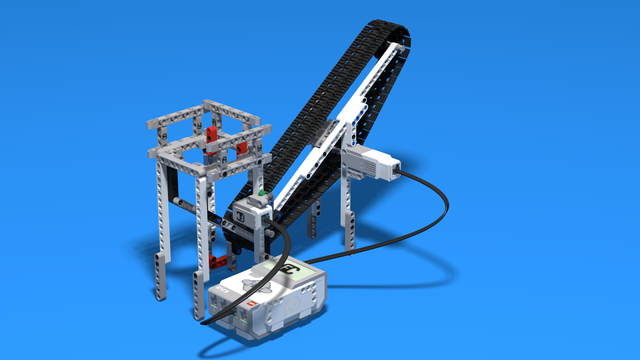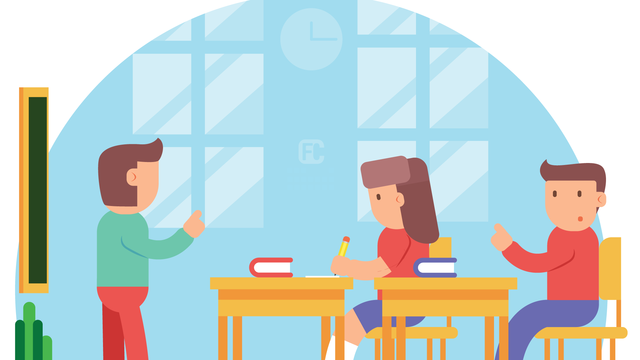The telephone game played with LEGO Mindstorms EV3 robots relies on the Color Sensors and the detection of colors. Sometimes the robots won't work. They could be influenced by a number of factors like the position of the sensor and the lighting in the room. This tutorial is a demonstration on how to account for and resolve this issue.

To access the full video please subscribe to FLLCasts.com
- #1368
- 26 Jun 2019
- 2:01
Distance between the sensor and the color wheel of the previous robot
When we increase the distance between the color wheel of the previous robot and the color sensor of the next robot we would brake the telephone line. Communication will stop. We can not reliably detect the color when the distance is larger
Colors are influenced by the lighting in the room
During the recording of this tutorial, the robots were behaving in a different way than during classes. Main reason is that the lighting is different in both cases. Have this in mind if the telephone line is not successfully working.
Courses and lessons with this Tutorial
This Tutorial is used in the following courses and lessons

Robotics with LEGO - Level 2.0 - Robots in Factories
The third level of the Robotics with LEGO curriculum for students from fifth to twelfth grades.
Robots in this level use two or three sensors at a time and students create more complex programs for them. The work of the differential and its usage in vehicles with one drive motor is explored. Robots interact with each other and transfer information or material between themselves. Students learn in depth how to create smoother line-following programs. In the end of the workday, robots leave the conveyor belt and relax with a recreational game of volleyball.
- 44
- 15:01
- 129

Lesson 3 - Telephone game
The Telephone game is played with 2 or more robots and is extremely funny. Each robot has a color wheel that can be rotated through the medium motor and a color sensor. The first robot on the left rotates the color wheel to a random color. The second robot must detect the color on the wheel and rotate its color wheel to this color. The third detects the color wheel of the second and so on.
It is described in details in Lesson 4 of Level C2. Cooperation
- 9
- 5
- 21
- 3d_rotation 1

FLLCasts 5 day summer camp
FLLCasts 5 day summer camp is designed to engage students in STEM in a fun and entertaining way. The theme of the course is cooperation. Students will not only be introduced to the great world of robotics, while having a lot of fun, but they also have to work with other teams. This will be beneficial for their soft skills. During the 5 lessons students will build 5 different robots. From playing volleyball with robots, through playing the telephone game till launching paper planes!
Note that the course is still under development.
- 18
- 3:47
- 12

Telephone game
The Telephone game is played with 2 or more robots and is extremely funny. Each robot has a color wheel that can be rotated through the medium motor and a color sensor. The first robot on the left rotates the color wheel to a random color. The second robot must detect the color on the wheel and rotate its color wheel to this color. The third detects the color wheel of the second and so on.
It is described in details in Lesson 4 of Level C2. Cooperation
- 8
- 0
- 5
- 3d_rotation 1

Level C2. "Cooperation". Robotics with LEGO
The sixth level of the Robotics with LEGO curriculum for students in third or fourth grade.
For the first time two different robots are required to solve a challenge. Students learn how to cooperate and find a common approach to the challenges and how to distribute their roles. Various robots are built, even a crane that loads a truck. Students use two sensors at the same time so that they find their target and find out whether their partner-robot is ready with their part of the challenge.
- 41
- 6:39
- 137

Lesson 4 - Telephone game
The Telephone game is played with 2 or more robots and is extremely funny. Each robot has a color wheel that can be rotated through the medium motor and a color sensor. The first robot on the left rotates the color wheel to a random color. The second robot must detect the color on the wheel and rotate its color wheel to this color. The third detects the color wheel of the second and so on.
It is described in details in Lesson 4 of Level C2. Cooperation
- 9
- 5
- 19
- 3d_rotation 1